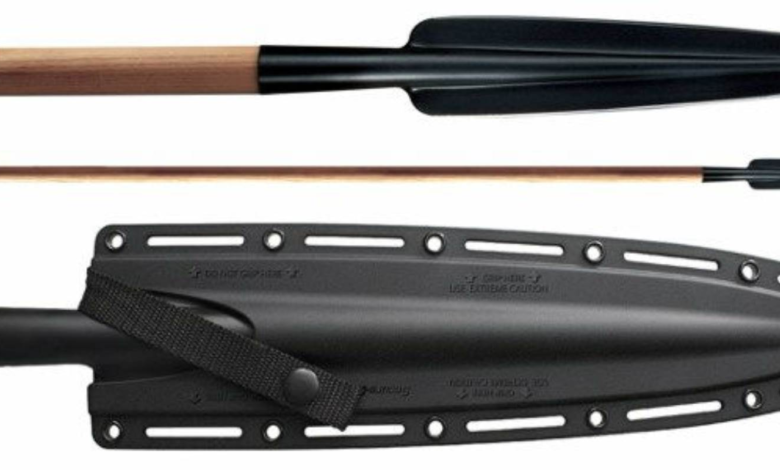a s s e g a i: The Iconic Symbol of African Heritage and History

The a s s e g a i is more than fair a weapon—it may be a social artifact that reflects centuries of African convention, fighting, craftsmanship, and character. With roots in Southern Africa, the a s s e g a i holds a effective put in history as both a device of survival and a image of pride. In this article, we investigate the beginning, noteworthiness, and enduring bequest of the a s s e g a i in African culture.
Beginnings and Verifiable Setting
The a s s e g a i begun among African tribes as a sort of skewer or tossing weapon. Its title is broadly recognized over southern and central Africa and was popularized by warrior tribes such as the Zulu, driven by the incredible pioneer Shaka Zulu. Shaka revolutionized fighting by shortening the conventional a s s e g a i into a wounding skewer, making a impressive weapon for near combat.
Social Centrality
More than fair a device of war, the a s s e g a i got to be a image of bravery and quality. Youthful warriors were frequently prepared in its utilize as a ceremony of entry. In tribal communities, it was moreover a representation of responsibility and development. Carrying a a s s e g a i implied preparation to protect one’s community and family.
Craftsmanship and Plan
Made customarily from neighborhood hardwood and honed press, the a s s e g a i reflects master craftsmanship passed down through eras. The initiate was carefully produced, whereas the wooden shaft was molded to adjust quality and adaptability. A few a s s e g a i plans were indeed brightened with carvings, quills, or colored dots to appear status or association.
Cutting edge Bequest
Nowadays, the a s s e g a i remains a capable social image in African ceremonies, moves, and chronicled reenactments. It is frequently seen in galleries and social presentations around the world, reminding us of Africa’s profound authentic roots and the strength of its individuals.
Conclusion
The a s s e g a i may be a immortal insignia of African legacy. From old front lines to advanced social pride, it proceeds to be loved not fair as a weapon, but as a representation of quality, character, and authentic bequest.



